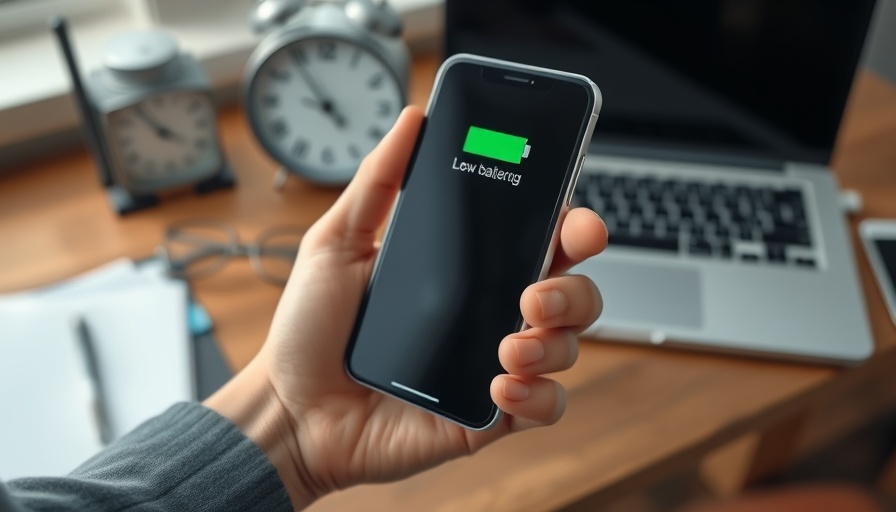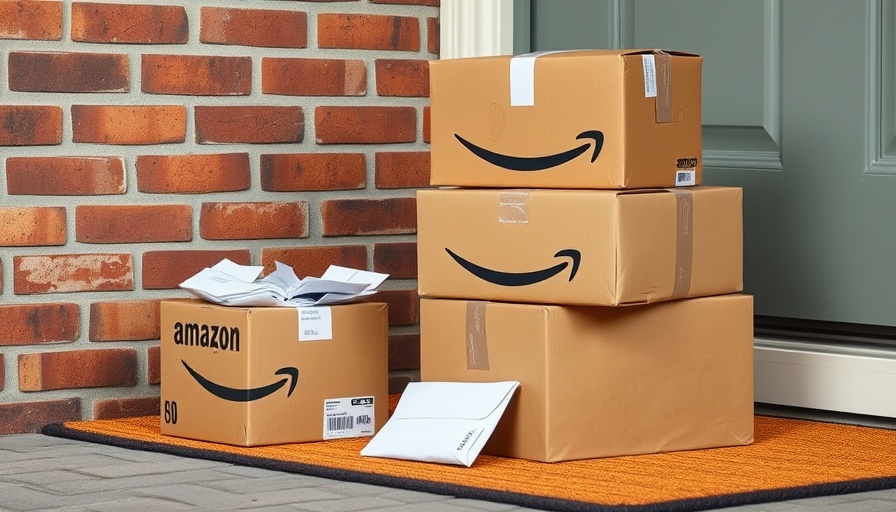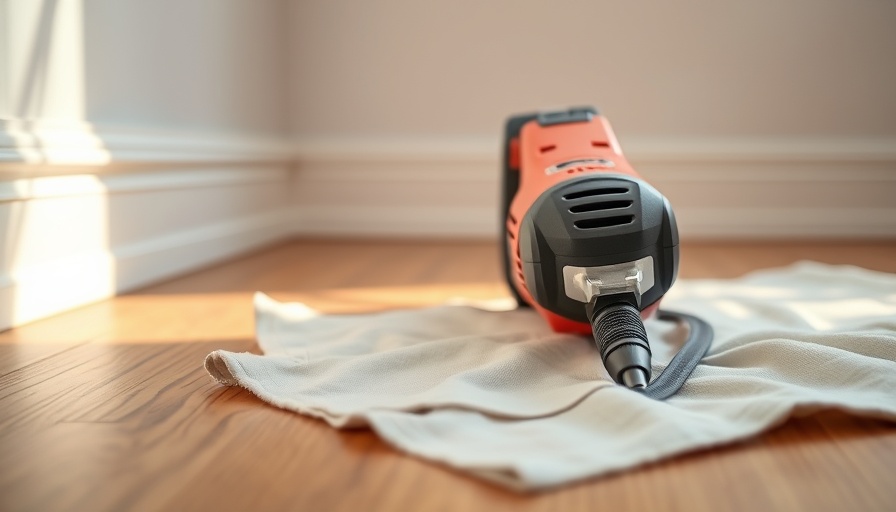
The Frustration of a Non-Charging Phone
In today’s fast-paced environment, a smartphone is more than just a gadget; it is a lifeline. From keeping us connected with loved ones to assisting us in navigating our busy lives, the dependency on our phones has grown exponentially. But what happens when your phone won’t charge? It can feel like a mini-crisis. This article explores common reasons why your phone might refuse to charge and offers practical solutions to return to a fully powered state.
Understanding Common Charging Issues
Charging problems may arise from various factors, and identifying the root cause can save you precious time and energy. Let’s break down some of the most frequent culprits.
1. Faulty Power Source
Before assuming your phone is broken, consider the power source. Sometimes, the outlet doesn’t work because it’s connected to a light switch that has been turned off. According to Dylan Vercher, a T-Mobile manager, this is a common oversight. Always try plugging your device into a different outlet or checking whether the outlet is functioning.
2. Damaged Charger or Adapter
Regular wear and tear can take a toll on your charging accessories. A damaged charger or adapter could prevent your phone from receiving power. Common signs include frayed cables or bent plugs. If you suspect your charger may be the issue, try a different one to see if the problem lies with your accessory.
3. Dirty Charging Port
Your phone travels with you everywhere, and various particles can accumulate in the charging port. Dust, lint, and other debris can disrupt the connection between your charger and phone. Shine a flashlight into the port to inspect it; if you notice any buildup, gently clean the port using compressed air or a soft brush.
4. Incompatible Charger
With multiple brands and types of chargers on the market, using an incompatible charger can also hinder your phone’s charging abilities. Opt for chargers from reputable brands, which may vary from those of your phone’s manufacturer. This adherence ensures that the device receives the right amount of power.
5. Software Glitches
Sometimes, the issue could lie within the software, causing charging functions to slow down or stop. If your phone is experiencing any discrepancies, performing a quick restart may remedy the problem. Additionally, ensure that your phone’s software is updated to eliminate bugs that might impact charging.
6. Battery Health
Over time, phone batteries degrade. If your phone is older, it may simply be a sign that the battery needs replacement. You can check your battery's health in the settings of most smartphones, allowing you to take action before the situation becomes critical.
7. Hardware Problems
Occasionally, charging issues can indicate underlying hardware problems that may require professional attention. If you suspect this is the case, consult a technician to diagnose and address the problem effectively.
Future Predictions: How Wireless Charging Equipment May Evolve
The advancements in charging technology suggest we may soon be relying less on wires altogether. The rise of wireless charging pads provides an opportunity for more convenience, allowing users to charge their devices simply by placing them on a specific surface. As these technologies advance, we could see improvements in charging speeds and compatibility across various devices, further enhancing connectivity in our digital lives.
What You Can Do to Prevent Charging Problems
While dealing with a non-charging phone can be frustrating, there are ways to prevent future issues. Regularly clean your phone and accessories, ensure your charger is compatible, and periodically check your battery’s health. Being proactive can save you from sudden inconveniences.
Final Thoughts and Next Steps
Remember, finding a solution to your phone’s charging issues isn’t just about convenience; it’s about keeping you connected to the world. Take the time to troubleshoot and explore your options. For further assistance or guidance on technology or home solutions, feel free to connect with knowledgeable contractors who specialize in electronics and home maintenance. Staying informed and proactive is key!
 Add Row
Add Row  Add
Add 




Write A Comment